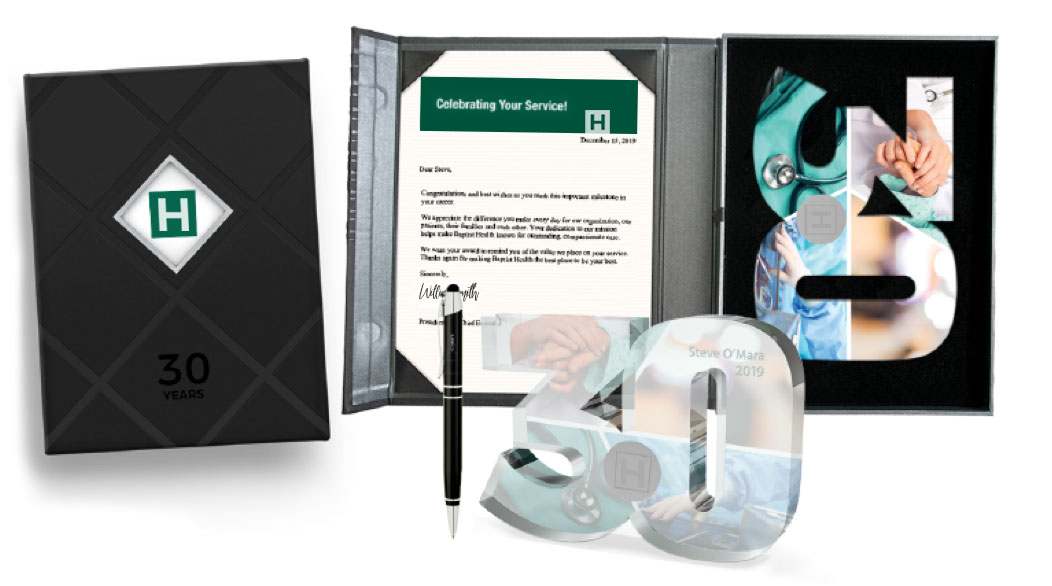“How do I minimize the damage from lost perks”?
and two other questions we’re commonly asked
It’s been a busy month of conferences with the 2018 Recognition Professionals International conference the beginning of May (click for key takeaways) and HR Houston’s Gulf Coast Summit last week.
In speaking with HR Professionals at these events, three questions came up more than a couple times. Can you relate to any of these situations?
- “Our company has been acquired and we’re now faced with adopting a new R&R program which entails taking away a number of popular employee perks. How do we position this to minimize damage to morale?”
- “I know the importance of creating a culture of everyday recognition but how do I persuade our leadership team to invest and buy-in to a formal recognition program”?
- “Recognition technology is simplifying administration and improving the consistency of our programs but how do we honor our traditions and keep thanks meaningful/personal with new automation tools?
While every organization has its own unique culture and practices, there are strategies and actions we’ve seen work well to navigate these rocky waters in ways that are embraced by management and well received by employees.
This week we’ll provide some advice on tricky situation #1 and over the next two weeks our blog posts will share ways we and our clients have addressed situations #2 and #3.
#1. “How do I minimize the damage from lost perks”?
This is a tough one and takes time and trust to get past. It’s very difficult to take away a popular program without replacing it with something of equal or greater value.
In this case, our suggestion would be to focus on the “intrinsic” positive changes happening within the company’s culture versus the “extrinsic” perks being taken away.
- Focus on Work-Life Balance. Give employees time to exercise, work from home, pop out for kids games, etc. Employees who are given more control over their workdays self-report lowered stress, less psychological distress, less burnout, and increased job satisfaction. Taking away an “extrinsic” perk such as free parking or incentive/recognition trips and replacing with remote work options and more control over the business day, could be a welcome trade-off for many employees. And guess what? Employees who have flexibility work just as many hours and are even better performers because they are more productive and less stressed.
- Give more than lip service. Wellness programs won’t work unless you create a culture in which it is acceptable and encouraged to prioritize self-care. Leaders need to promote this philosophy in big ways and demonstrate they are serious in little ways that make a difference in their employees business life. One thing we’ve seen done successfully is to set stricter boundaries between work and home. This reduces job stress and increases employee well-being and engagement. In Germany, the business culture in many organizations actually forbids off-hour emails. Employees average 35 hours per week (with an average 24 paid vacation days to boot – another topic!) while maintaining one of the highest levels of productivity in the world.
- Hire leaders with a human-touch. Kind leaders do small things that show they care about their staff as people, not just employees. Leaders who work alongside team members on a daily or weekly basis show allegiance and can be great source of inspiration to employees. Encourage leaders to:
- Ask how someone is doing and really listen to their answer
- Regularly distribute client or customer testimonials
- Announce wins and when corporate profits are donated to charities
- Give employees time to volunteer and have leaders roll up their sleeves to help with community initiatives. This is great for trust and relationship building AND employees who volunteer are 76% more engaged, productive and happy
- Be mindful of the culture being created. Leaders’ decisions, sentiments and attitudes are one of the most important predictors of workplace well-being. Positive relationships with management alone has been shown to stem turnover and improve morale.
Persuading stat: People who feel they have good work-life balance are happier and work 21% harder than those who don’t, according to a survey from the Corporate Executive Board, which represents 80% of Fortune 500 companies. The gift of time, recognition and management understanding that some people work to live, not live to work can help offset the negativity from an unpopular change in rewards/entitlements.


















